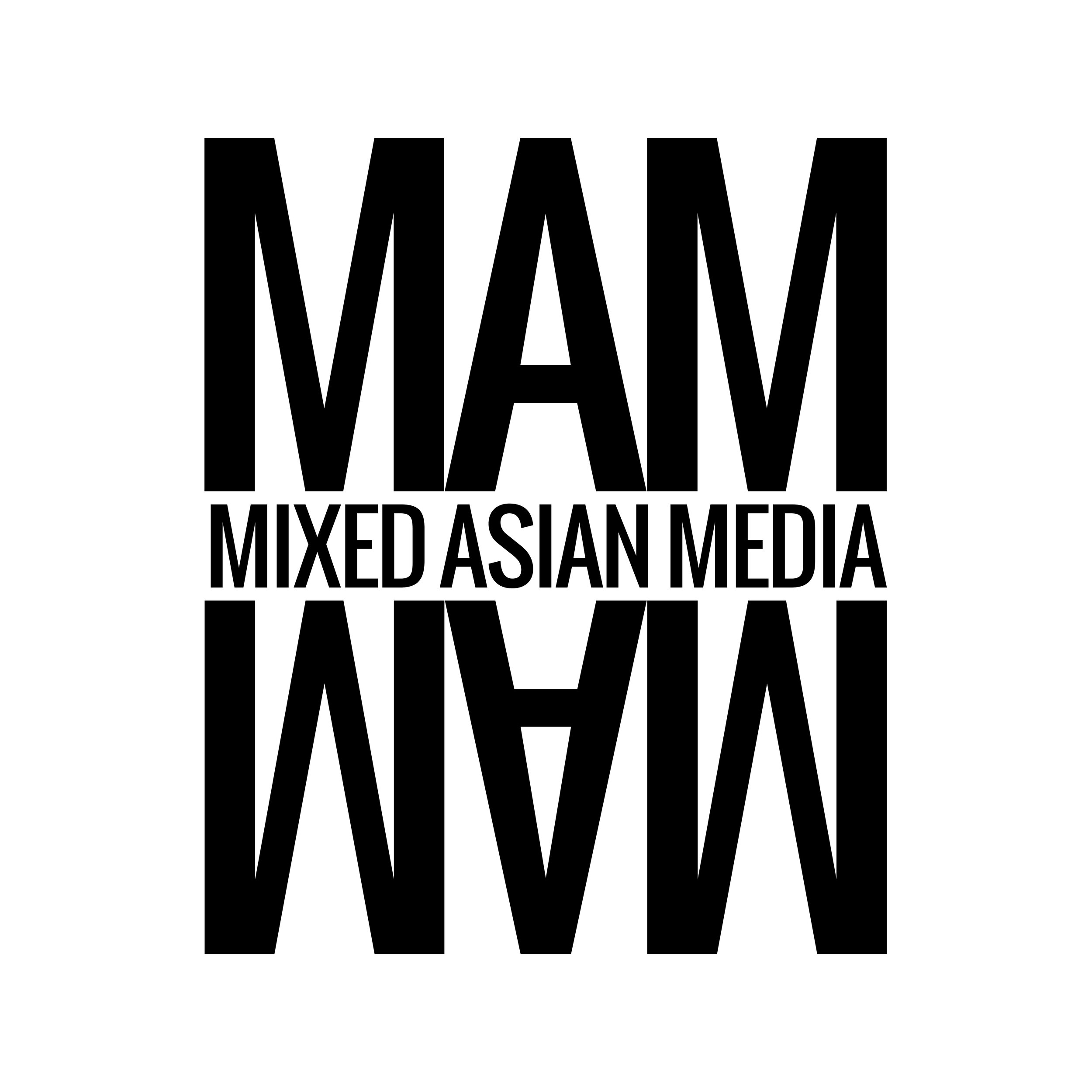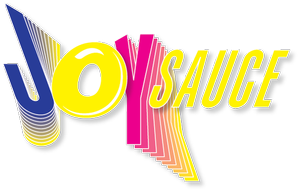The U.S. Census Wants Me To Pick a Side, but I Refuse
Mixed Asian Media - August 20, 2025
By Angela Wong Carbone
Powered by JoySauce
Photo credit: Angela Wong Carbone
The first time I was asked to pick sides, I was 12. I had just done the hardest thing in my young life: enrolled at a new middle school. As a mixed-race person, I'd learned to feel misfit and like I was never enough early on. Walking into school that day, I felt weighed down. Not by the haul of textbooks in my backpack, but by the dilemma of how I should present myself to my new peers to make friends.
Both my parents worked late through my childhood, so my sister and I were taken care of by my grandparents from China. My Shanghainese grandmother (we called her Grandma Po Po) did not speak a lick of English but ensured we were fed a steady diet of red bean buns and thoughtfully scissor-cut noodles. She taught me how to knit and how to ask for things politely in Cantonese. And when she died, and when my ‘Grandpa Gong Gong’ followed, I felt a profound cultural loss.
By the time I was a pre-teen, Gong Gong and Po Po’s lessons had faded. And without them, my father's family culture filled the gaps. Marked by protracted Italian dinners and the occasional outburst of (insert emotion here) in Neapolitan dialect, my father's side of the family was deeply entrenched in Italian American traditions, and it was virtually the only place I had felt a sense of community. Where my Chinese grandparents taught me love through acts of service, my Italian American family taught me toughness, dignity, respect, and nourishment. But this mixedness only served to create confusion in my peers. As my classmates got older, their sense of cultural identity became more important, and I simply didn't fit neatly into any one box.
Finding Where I Belong
I entered middle school separated from my grade school friends, who fell into different programs. I was alone and quickly had to find a new community. What did I have in common with the other kids? In our 70 percent white community, where Black and Latino populations were so small they registered as 0 percent of the population, I felt like the odd kid out. So, when a young Asian boy asked me to join his group of friends, I felt seen. He assured me I belonged because I was Asian, too. It was the first time someone recognized that part of my heritage as “enough,” and I felt honored to represent the side of me that had been hidden for so long. I was ready to finally be the me that my Po Po had cared for.
After several weeks of library study sessions and lunchroom card games, I had proven my value in my new Asian clique. As a reward, they gave me a nickname — a Cantonese word they uttered with smiles and affectionate hugs. When they bestowed it upon me, I felt loved. Recognized. Part of the pack. But, rusty in my Cantonese, I didn't know its meaning.
I remember when I finally got the strength to ask my mother what it meant. One morning before school, as my mother dressed in her pastel-colored bedroom for work, I approached her. She looked like a goddess. Anyone who knew her story couldn't help but feel similarly. She had grown up without her biological father. She worked in sweatshops when she came to New York. She took night school to graduate early and fulfill her American dream. Her resiliency and pride defined her, not just her demographic. Though my mother hardly spoke Cantonese anymore, other than at dim sum or with her clients at work, she was the only person I could turn to with my question.
"Mommy, what does gwei lo mean?"
Even after marrying outside her culture, living in the U.S. for the majority of her life, and raising two mixed children, I don't think my mother ever expected to have to explain why my friends had named me gwei lo.
Gwei lo (鬼佬) is a colloquial term in Cantonese to refer to white people. The characters gwei and lo contain their own meanings. Gwei refers to a “ghost,” demon,” or ominous entity, and lo to a “fellow” or “man”. Put together, the “ghost man” term was first used to refer to the resident alien presence of Caucasians in Hong Kong. In essence, as the South China Morning Post translates it, gwei lo means “White Devil.” “Foreign Invader.” My new “friends” had been calling me this to my very face.
It was then that I realized that I was not just Chinese or Asian. Nor was I just Italian or white. I was something else entirely. And my questions of identity would continue to follow me for the rest of my life.
It took a long time for me to find a community in which I felt fully enough, where being me was the only explanation I needed to provide. Not where I'm really from. Not which parent is the “Asian one.”
Today, I've found solace in my mixed Asian community. Within it, there is no need to choose sides. It is a community where no one must dim themselves to be half of who they are — where being mixed is an opportunity to reach more people and become something greater than the sum of our parts. Identifying as “other” has had an expansive impact on my identity. It has enabled me to support artists whose work fosters representation and positive change. It has empowered me to exist beyond the questions that kept me in a box for so long.
When surveys like the U.S. Census started to include an option for two or more races, it felt like a whole world opened up. It sought to recognize a world and society that is not defined by the rigid lines from which it came and its differences, but one that blooms into something fruitful for generations to come — a hybrid. Something stronger for the better.
The Harm of Erasure
This is the reason that the new rules invoked for the 2020 census are so irksome. As of March 2025, a policy was put into effect to retroactively change the system of classification of demographics in the 2020 census, specifically for individuals identifying as “some other race.”
Quietly and without much press, the 2020 census was revised to include a "Modified Age and Race Census," or MARC, file that reclassifies responses from the "some other race" category to match the five race categories defined by the 1997 Office of Management and Budget standards: White, Black or African American, American Indian or Alaska Native, Asian, and Native Hawaiian or Other Pacific Islander, with an ethnicity category of Hispanic or Latino or not Hispanic or Latino.
Now, those who had selected “some other race” will be recategorized into one of those five major race groups. Depending on the circumstances, this could be done based on the head of household, where they inherit the head of household's demographic data. Or, if no such data exists, they can be reclassified based on majority race statistics for the neighborhood where they reside. As a result, EthniFacts reports that the number of individuals identifying as multiracial has already decreased by 14.6 million, with the majority reclassified as white. This will undoubtedly have ripple effects. Policy decisions, social science research, and resource allocation for community funding and support programs will all be affected. And the erasure of the largest growing demographic in the United States — mixed-race individuals — is already underway.
This administration's choice to reclassify millions of Americans forces them to choose. To choose which side they will cleave to. To limit themselves or disappear. To choose who they will be instead of themselves.
Looking back, I've spent my life navigating what it means to belong—to be both and neither. And now, after learning to embrace the complexity of who I am, the MARC reclassification system reduces me and many other Americans to something singular. I am not singular. I am not a checkbox. I am the sum of every language spoken to me in love. And especially now, I urge anyone out there who is mixed to hold onto all the parts of themselves that don't fit neatly into any census category. Being mixed was never the problem. Erasing parts of ourselves to keep our communities divided is.
Angela Wong Carbone (she/her) is a decorated actor and writer. Her writing has been recognized by AT&T Hello Lab, Hillman Grad’s mentorship program, The Gotham, Slamdance and others. Raised in New York by an immigrant Chinese mother and Italian American father, Wong Carbone’s personal curiosity toward identity saturates her writing and she has contributed to Eileen Kelly’s Killer and a Sweet Thang and Lulu Gioiello’s Far Near. As an actor, Wong Carbone has starred in NBC’s Chicago Med, AppleTV+’s WeCrashed and IFC Films’ Resurrection. In 2020, she was selected for the 19th annual ABC Talent Showcase. Wong Carbone holds a degree in architecture from Cornell University and makes a mean lasagna.
JoySauce is a multimedia network dedicated to celebrating the full spectrum of Asian American and Pacific Islander narratives. The site boasts a vibrant library of content around entertainment, lifestyle, food, travel, culture, relationships, art, and education in the form of exciting new streaming shows, movies, standup comedy, provocative podcasts, and a suite of editorial updated daily.



